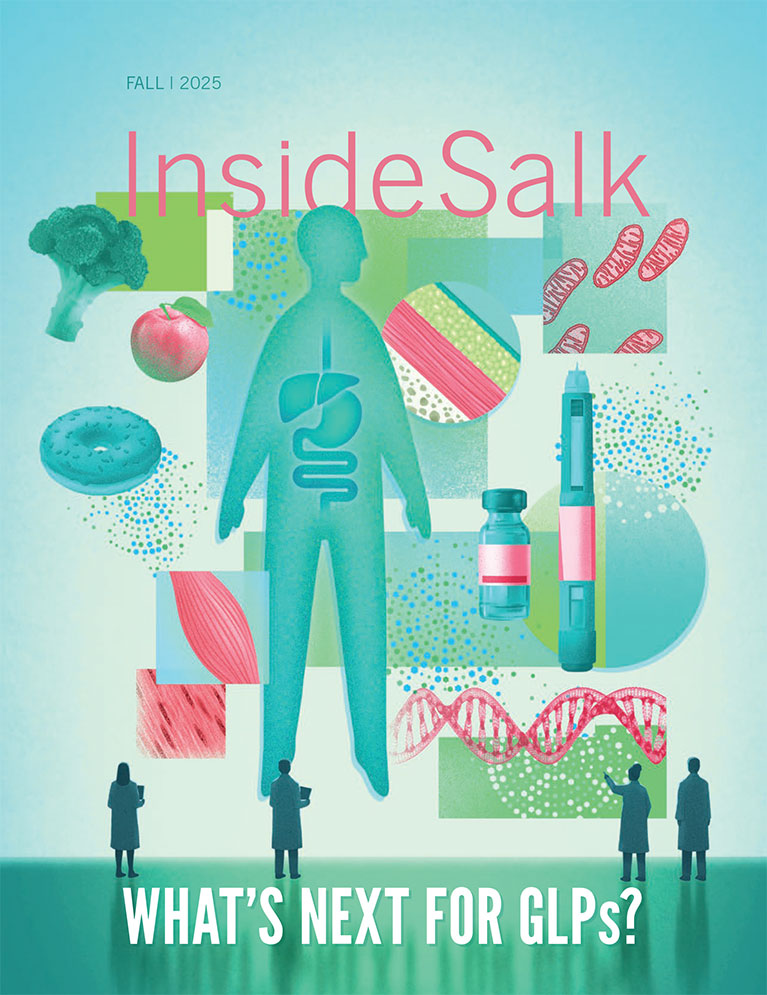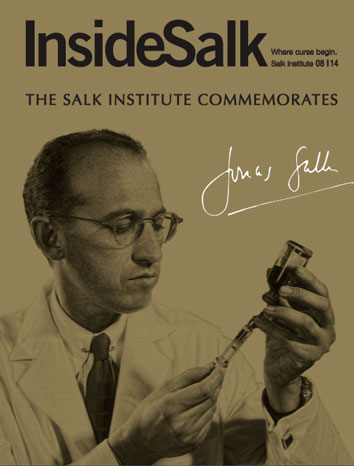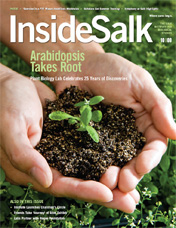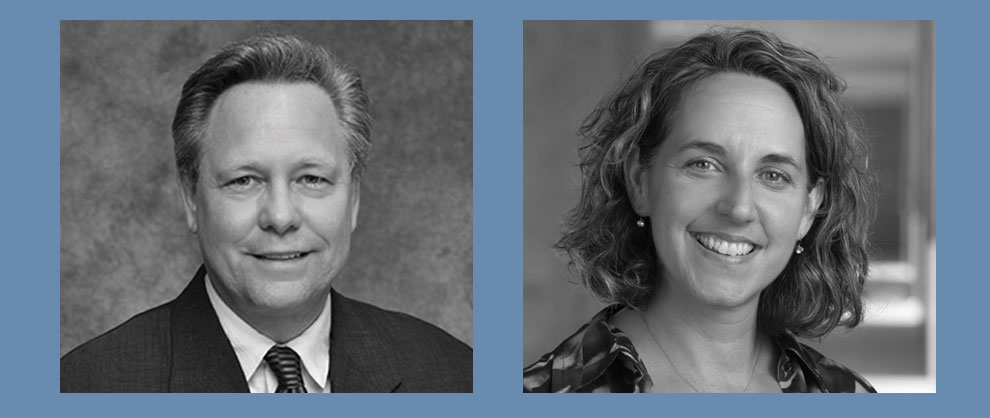Larry D. Greenfield has always been partial to contraptions. As a teen in Canoga Park, California, in the mid-to-late 1950s, he installed a closet door switch that would turn the closet light on and off when the door opened and closed. He also wired the whole backyard with lighting without any instructions—or his parents’ permission, but with the tacit blessing of his mother.
Today, the retired radiologist and his wife, Carol, who worked at Eastman Kodak and the Orange County Visitor and Convention Bureau, satisfy their mutual affinity for apparatus by supporting the equipment and technological needs of Salk’s scientists. The Carlsbad couple—who regularly attend Back to Basics lectures, Women & Science forums and Science & Music concerts—takes an especially keen interest in helping young researchers with labs to build.
Read More






































































